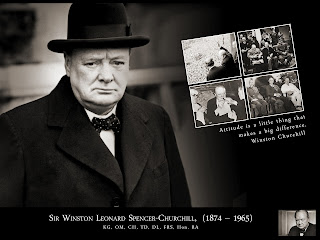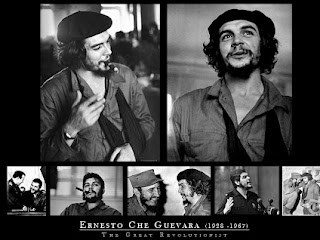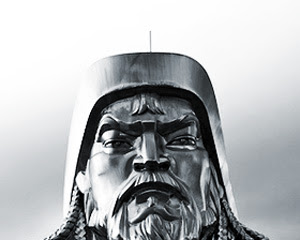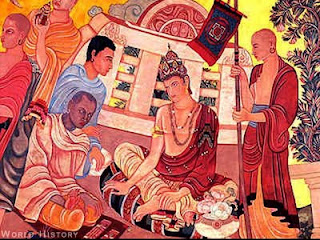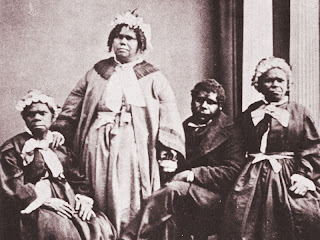United States of America and its War History
America plays a major role in several wars around the world directly or indirectly. Still, the State holding its power in several states in the world. Most of the historian scholars believe the American state civil wars gave enormous courage to involves external wars with the help of intelligence (CIA) support all over the world. Still, the cold war between the United States and Russia continues. For this particular reason America controlling several Middle East States to respond to Russia if any future cold war broke between these states.
Two Major wars are notable in history.
- Vietnam War (1953–1975): Vietnam was supported by USSR. In this war United States fail to reach its objectives and withdrew forces Vietnam.
- Afghanistan War (1979–1989): In response to Vietnam war United States support Afghanistan to defeat Soviet. In this war, USSR fails and Withdrew its force with high rate causalities and heavy losses.
Cold War
- Korean War ((1950–1953):
- First Indochina War (1950–1954)
- Air battle over Merklín (1953)
- Laotian Civil War (1953–1975)
- Vietnam War (1953–1975)
- Congo Crisis (1960–1965)
- Bay of Pigs Invasion (1961)
- Occupation of the Dominican Republic (1965–1966)
- War in Bolivia (1966–1967)
- Korean DMZ Conflict (1966–1969)
- Cambodian Civil War (1970–1975)
- Soviet war in Afghanistan (1979–1989)
- Invasion of Grenada (1983)
- Somalia (2007)
- Syria (2014- till now)
- Yemen War (2015-till now)
Iran–Iraq War
- Operation Earnest Will (1987–1988)
- Operation Prime Chance (1987–1989)
- Operation Nimble Archer (1987)
- Operation Praying Mantis (1988)
War On Terror
- War in Afghanistan (2001–present)
- Operation Enduring Freedom – Philippines (2002–present)
- Operation Enduring Freedom-Horn of Africa (2002–present)
- Iraq War (2003–2011)
- War in North-West Pakistan (2004–present)
- War in Somalia (2006–2009)
- Operation Enduring Freedom – Trans Sahara (2007–present)
- Al-Qaeda insurgency in Yemen (2010–present)
- Operation Neptune Spear (2011)
Banana War
- Occupation of Nicaragua (1912–1933)
- Occupation of Haiti (1915–1934)
- Occupation of the Dominican Republic (1916–1924)
Few others
- Spanish–American War (1898)
- Philippine–American War (1899–1902)
- Boxer Rebellion (1899–1901)
- Lebanon crisis (1958)
- Colombian conflict (1964)
- First Gulf of Sidra incident (1981)
- Lebanese Civil War (1982–1984)
- Action in the Gulf of Sidra (1986)
- Bombing of Libya (1986)
- Invasion of Panama (1989–1990)
- Persian Gulf War (1990–1991)
- Bosnian War (1993–1995)
- Kosovo War (1998–1999)
- 2011 military intervention in Libya (2011)
- Operation Ocean Shield (2009-2016)
- Uganda (2011-2017)







